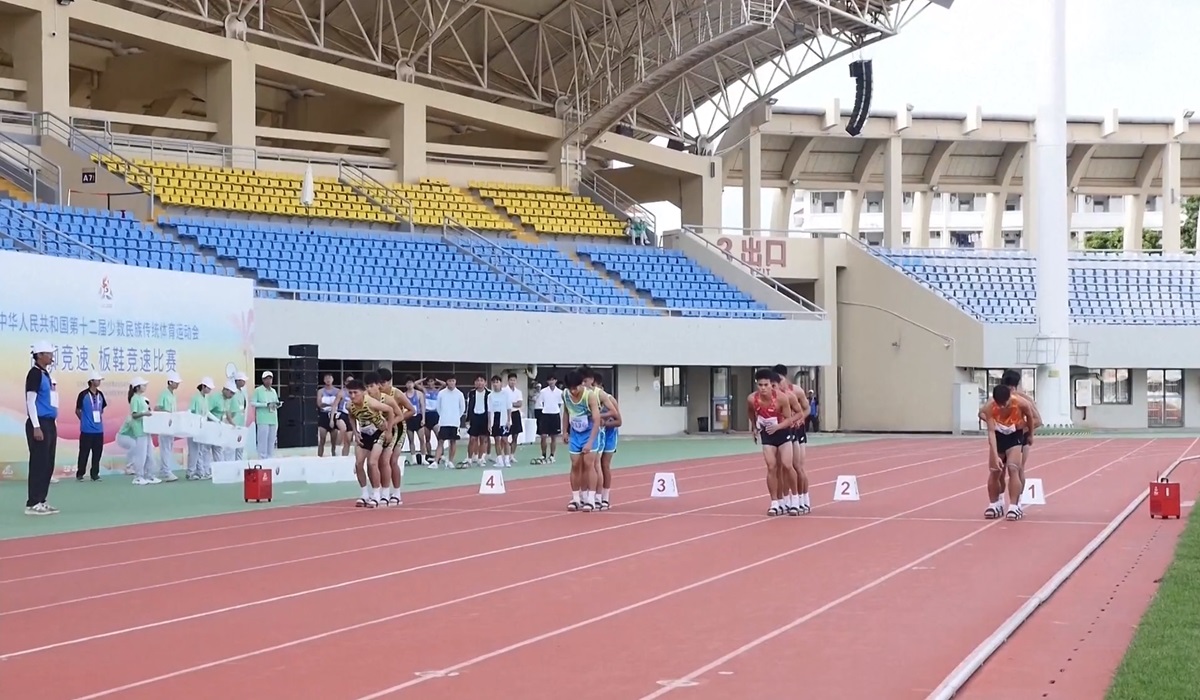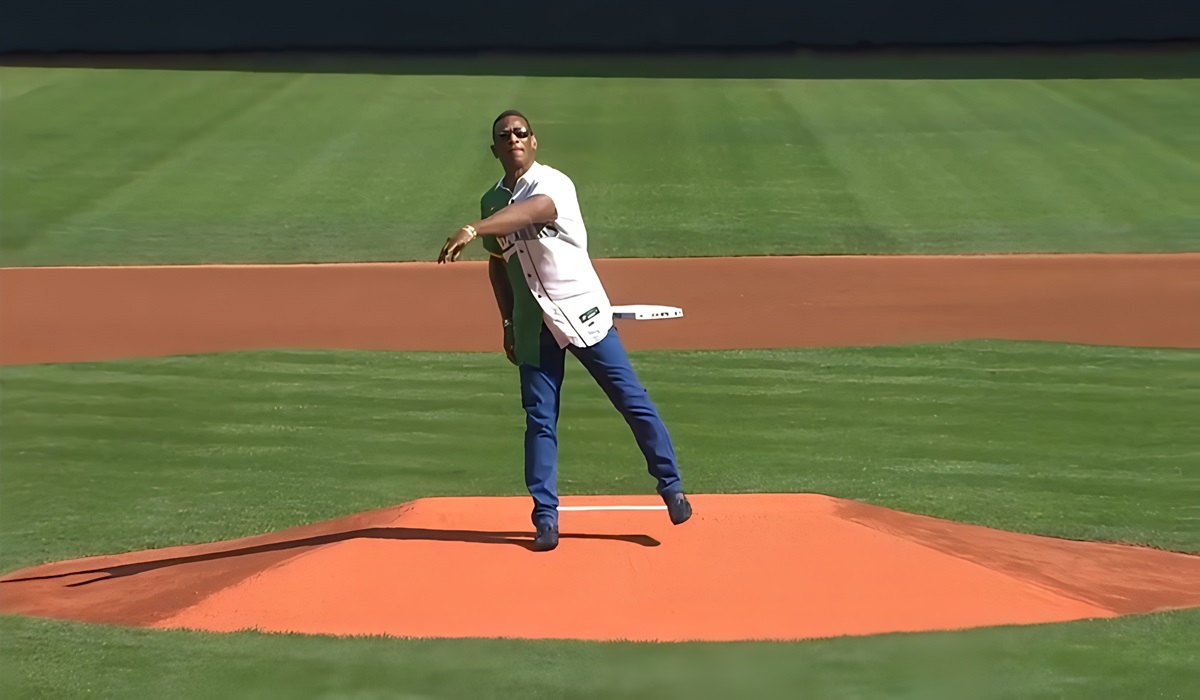Image Credit, CGTN
Board-shoe racing, a traditional sport from the Zhuang ethnic group in Guangxi Zhuang Autonomous Region, was a key event at the 12th National Traditional Games of Ethnic Minorities of China held in Sanya, Hainan Province. The competition showcased the sport’s roots in ethnic traditions and its focus on teamwork.
The sport, which involves teams of three athletes wearing a single pair of large wooden shoes, can be traced back to the Ming Dynasty. It is said that a famous heroine used the sport to train soldiers, emphasizing the importance of coordination and collaboration. Board-shoe racing has been passed down through generations and is now practiced in several regions beyond Guangxi.
Board-shoe racing became an official event in the 8th National Ethnic Games in 2007. This year, the competition featured men’s and women’s races in various distances, including 60 meters, 100 meters, and 200 meters, as well as relay races. A total of 348 athletes from 30 teams participated in the event.
Each team consists of three runners. The front runner is responsible for setting the pace, while the middle runner coordinates the movements of the team, and the back runner manages the board’s motion and leg synchronization. The sport demands perfect coordination to avoid slipping out of the shoes or falling during the race.
One of the challenges faced by athletes was evident when Liu Yilin, a member of the Chongqing team, injured his ankle during a heat but continued to race. Despite the pain, Liu insisted on finishing the race with his team, reflecting the competitive spirit of the event.
The National Traditional Games, running through November 30, brings together nearly 7,000 athletes from 35 delegations across China to compete in 18 sports. The games focus on traditional events rooted in the customs and daily lives of various ethnic groups in China. Unlike modern sporting events, these games highlight the cultural heritage of China’s diverse communities.









